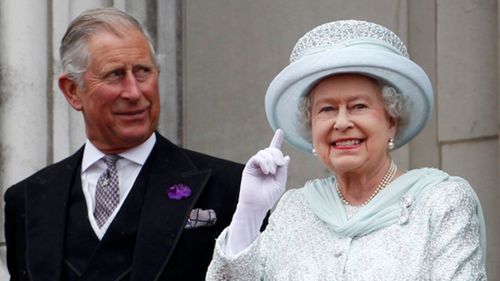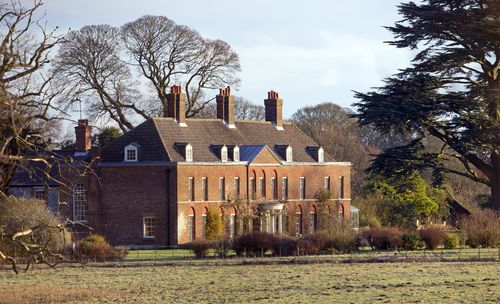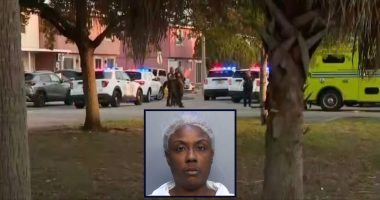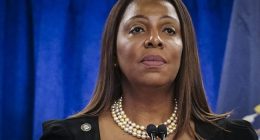Part of a decades-old deal between the crown and a former British government enables the new king to avoid paying inheritance tax.
Forbes estimated last year that the late Queen’s personal fortune was worth £742 ($1.3 billion), made up of her jewels, art collection, investments and two residences, Balmoral Castle in Scotland and Sandringham House in Norfolk. The Queen inherited both properties from her father, King George VI.

But the biggest slice of the Roya Family’s fortune, the $25 billion Crown Estate, now belongs to King Charles III as reigning monarch
He is also in line to take over the the ownership of the Queen’s private estate, the Duchy of Lancaster, worth $1.1 billion.
Under British tax laws, most people pay 40 per cent inheritance tax on anything they inherit over a $554,000 threshold – meaning the monarchy would be liable to pay millions of dollars and the UK government would expect a cash bonanza.
But King Charles is not liable to pay any inheritance tax due to an agreement dating back to 1993 and brokered between the crown and former UK prime minister John Major.
It said that some royal assets are held by the Queen as “as Sovereign rather than as a private individual” and that “it would clearly be inappropriate for inheritance tax to be paid in respect of such assets”.

They include official residences such as Buckingham Palace, the Royal Collection of paintings and other works of art.
Instead of being the monarch’s personal property, they really belong to the crown and are thus exempt from inheritance tax.
Under the agreement, the private property of a sovereign is also exempt from inheritance tax when passed down to another monarch.

But anyone other than King Charles inheriting private assets from the Queen must pay inheritance tax.
Queen Elizabeth II voluntarily agreed to start paying income tax in 1992 after she was harshly criticised in the tabloid press for her continuing tax exemption.
King Charles announced when he was Prince of Wales that he would follow his mother.










